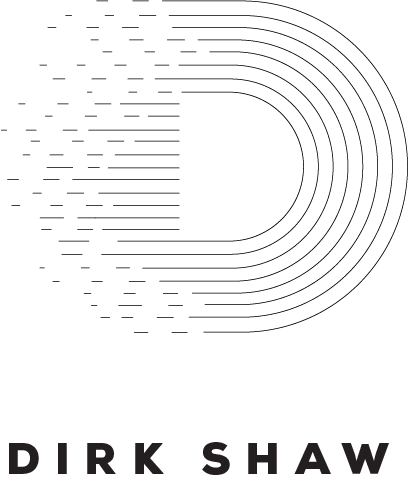Building An Agile Storytelling Brand

40% of budgets are content.
IAB reports 75% of CMO’s are shifting media dollars from traditional media into digital channels. This change has caused explosive investment in the practice of content marketing. Nearly 40% of marketing, advertising, and communications budgets will be dedicated to some form of content marketing this year. The shift of investment has spawned an entire cottage industry of platforms, and content providers.
It has also forced large holding agencies to re-think their bread and butter: creating ads and spending media dollars. Given the opportunity presented by this seismic change one would assume corporate marketers and their agencies would seize this new ability to have products aligning to consumer intent, the context of consuming and the metrics.
The challenge remains seeing stories through the lens of top line advertising. From that vantage, brand messages are served up in different platforms but are not re-imagined. The top line viewpoint is complicated by a proliferation of point solutions below the line. All in all, it makes it difficult to have a single view into storytelling across platforms and the measurable benefit to the business.
What is missing in today’s new content marketing environment is a layer that connects existing brand, marketing, and direct response communications with humans as story readers: the themes they live with and in, meaningful stories and the right contextual delivery channels.
Connecting content marketing across an enterprise will allow a brand to begin predicting which themes will resonate, the places it makes sense to publish and the types of assets to create all by audience/story archetype. This kind of predictive capability will increase content effectiveness towards a business goal and reduce waste in any publishing process by focusing creative, operational and financial resources on things that work.
Below are four steps to help you begin to develop a more predictable content marketing team.
Build A Roadmap: A story assessment baselines an organization's current state capabilities and readiness and provides a roadmap of key opportunities for improving content marketing.
Outline the Six 6 core behaviors of an effective storytelling brand.
Assess the level of business sophistication/readiness within these core behaviors
Define high-level themes and adjacent topics
Design a Predictive Publishing Model: Predictive Publishing Design is a data driven approach to story generation that aligns brand, communications, and direct response operations to a single editorial framework.
Qualitative/Quantitative research to understand audience needs, interest and behaviors
Develop real-time consumer profiles
Owned, earned and paid current state and performance review
Business case for media re-allocation for content
Refine narratives and themes for editorial planning and publishing
Publishing concept, channel definition and tonality
Build on A Scalable Foundation: Launch a technology stack that is a best of breed solution that integrates with enterprise applications and analytic solutions to allow teams to see more and do more faster.
Editorial management, workflow, and publishing
Performance Analytics
Predictive Analytics
Marketing Automation
Personalization
Talent Networks
Influencer Networks
Data Management
Create The Next Generation Team: The next generation Story-centric team has deep experience in all facets of creative storytelling, the technology that supports it, distribution and the financial viability of how it will achieve business goals, provides a balanced team who can quickly adapt to changing behavior. In a future post I will detail different configurations of the roles below.
Screenwriting
Creative direction
Production Designer
Editorial Director
Journalist
Digital Strategist
Community Builder
Data Scientist
Front-End Design/Developer
Technology
Video
Photographer
Media Planning
